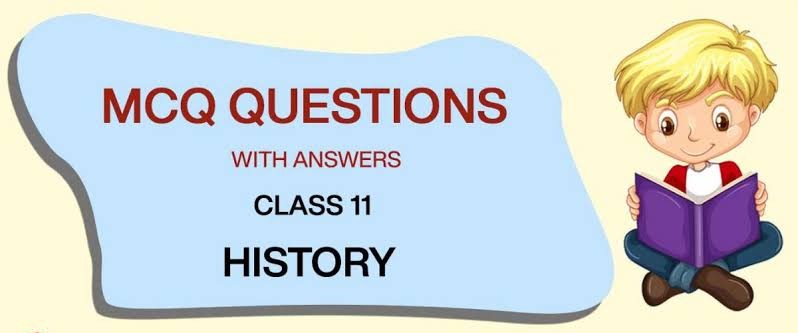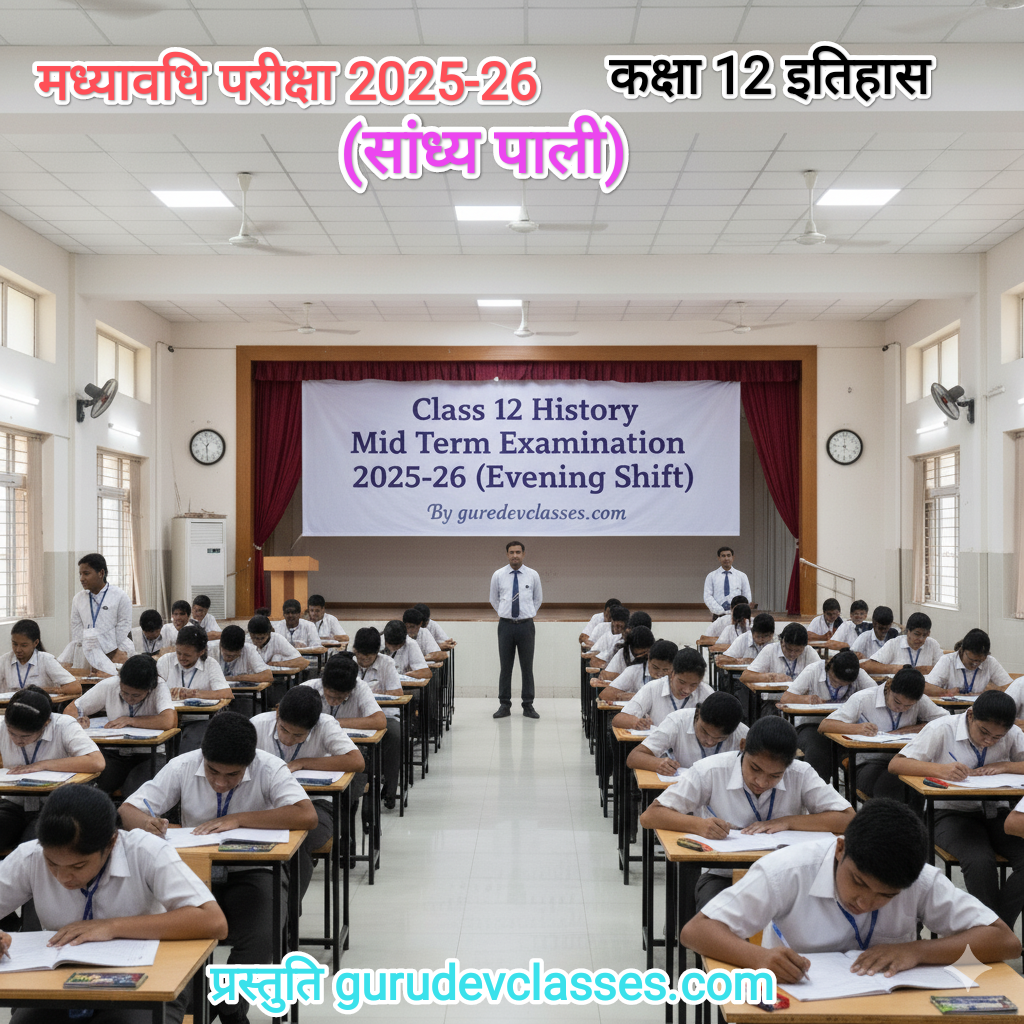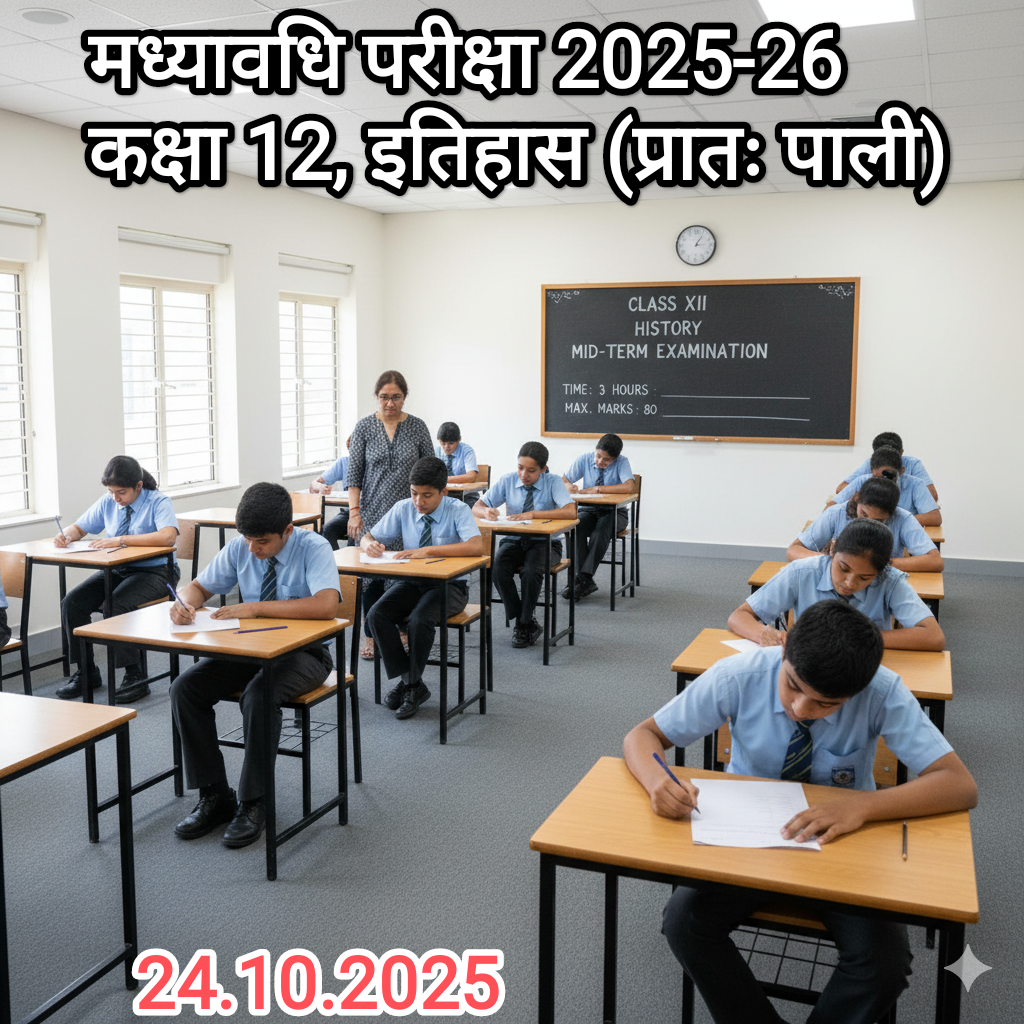,1. The word Mesopotamia is derived from which language?
(A) Aramaic
(B) Greek
(C) Akkadian
(D) Latin
Answer: (B) Greek
2. Mesopotamia is part of which present-day country?
(A) Iran
(B) Iraq
(C) Syria
(D) Lebanon
Answer: (B) Iraq
3. Bronze is an alloy of which metals?
(A) Copper and Gold
(B) Iron and Lead
(C) Copper and Tin
(D) Copper and Silver
Answer: (C) Copper and Tin
4. The Warka Head was found in which city?
(A) Ur
(B) Uruk
(C) Mari
(D) Nineveh
Answer: (B) Uruk
5. Mari city was located on the banks of which river?
(A) Tigris
(B) Nile
(C) Euphrates
(D) Yamuna
Answer: (C) Euphrates
6. What was the primary purpose of writing in Mesopotamia?
(A) Religious texts
(B) Business promotion
(C) Royal edicts
(D) Record-keeping
Answer: (D) Record-keeping
7. The word “cuneiform” comes from which language?
(A) Greek
(B) Latin
(C) Akkadian
(D) Sumerian
Answer: (B) Latin
8. Who was the goddess of love and war in Mesopotamia?
(A) Inanna
(B) Ur
(C) Dagan
(D) Ishtar
Answer: (A) Inanna
9. The earliest written tablet of Mesopotamia belongs to which period?
(A) 3000 BCE
(B) 3200 BCE
(C) 2500 BCE
(D) 2000 BCE
Answer: (B) 3200 BCE
10. The Epic of Gilgamesh was written on how many tablets?
(A) 10
(B) 12
(C) 8
(D) 20
Answer: (B) 12
11. Who was the last independent king of Babylon?
(A) Ashurbanipal
(B) Nabopolassar
(C) Nabonidus
(D) Enmerkar
Answer: (C) Nabonidus
12. Who was the famous king of Akkad?
(A) Gilgamesh
(B) Sargon
(C) Nabonidus
(D) Zimrilim
Answer: (B) Sargon
13. How were the streets of the city of Ur?
(A) Wide and straight
(B) Narrow and winding
(C) Uneven
(D) Stone-paved
Answer: (B) Narrow and winding
14. Who was the ruler of Uruk?
(A) Zimrilim
(B) Enmerkar
(C) Ashurbanipal
(D) Dagan
Answer: (B) Enmerkar
15. The kings of Mari belonged to which community?
(A) Assyrians
(B) Amorites
(C) Akkadians
(D) Babylonians
Answer: (B) Amorites
16. What does the word ‘Ziggurat’ refer to?
(A) Library
(B) Stepped temple
(C) Field
(D) Royal palace
Answer: (B) Stepped temple
17. Who was the god of the Steppe region?
(A) Inanna
(B) Dagan
(C) Ur
(D) Dumuzi
Answer: (B) Dagan
18. Mesopotamians imported copper from which island?
(A) Ur
(B) Alashiya
(C) Sumer
(D) Mari
Answer: (B) Alashiya
19. Temples were built using which material?
(A) Marble
(B) Wood
(C) Mud bricks
(D) Iron
Answer: (C) Mud bricks
20. Gilgamesh ruled which city?
(A) Ur
(B) Nineveh
(C) Uruk
(D) Akkad
Answer: (C) Uruk
21. On what surface was writing done in Mesopotamia?
(A) Paper
(B) Leather
(C) Clay tablets
(D) Cloth
Answer: (C) Clay tablets
22. The tip of a reed was used for which purpose?
(A) Painting
(B) Writing
(C) Decoration
(D) Worship
Answer: (B) Writing
23. Where was the drainage system in Ur located?
(A) Beside streets
(B) In wells
(C) Inside courtyards of houses
(D) Under temples
Answer: (C) Inside courtyards of houses
24. Which river was called the “world route”?
(A) Indus
(B) Nile
(C) Euphrates
(D) Tigris
Answer: (C) Euphrates
25. Why was Mari famous?
(A) Education
(B) Trade
(C) Agriculture
(D) Astronomy
Answer: (B) Trade
26. In cuneiform, what does “cuneus” mean?
(A) Picture
(B) Nail
(C) Shape
(D) Wedge
Answer: (D) Wedge
27. Which language became popular after 1000 BCE and is still spoken today?
(A) Akkadian
(B) Aramaic
(C) Sumerian
(D) Greek
Answer: (B) Aramaic
28. Nabopolassar liberated which city from Assyrian control?
(A) Mari
(B) Babylon
(C) Uruk
(D) Ur
Answer: (B) Babylon
29. Who was the last independent ruler of Babylon?
(A) Ashurbanipal
(B) Nabonidus
(C) Sargon
(D) Zimrilim
Answer: (B) Nabonidus
30. When did archaeological excavations in Mesopotamia begin?
(A) 1940s
(B) 1900s
(C) 1840s
(D) 1740s
Answer: (C) 1840s
31. Who ruled Uruk after Gilgamesh?
(A) Sargon
(B) Nabonidus
(C) Nabopolassar
(D) None
Answer: (D) None
32. Which city was excavated systematically in the 1930s?
(A) Ur
(B) Mari
(C) Babylon
(D) Nineveh
Answer: (A) Ur
33. Which city later developed into a royal capital?
(A) Ur
(B) Uruk
(C) Mari
(D) Akkad
Answer: (C) Mari
34. If a mistake was made in writing, what was done to the tablet?
(A) Erased
(B) Rewritten
(C) Couldn’t be used again
(D) Washed
Answer: (C) Couldn’t be used again
35. Why did street levels rise in Ur?
(A) Soil deposition
(B) Garbage dumping
(C) Drain collapse
(D) House renovations
Answer: (B) Garbage dumping
36. What was the earliest language in Mesopotamia?
(A) Akkadian
(B) Aramaic
(C) Sumerian
(D) Latin
Answer: (C) Sumerian
37. Why was social organization necessary in Mesopotamian cities?
(A) Brick making
(B) Writing
(C) Labour division and control
(D) Agriculture
Answer: (C) Labour division and control
38. Mesopotamian people were dependent on —
(A) Animal husbandry
(B) Themselves
(C) Others
(D) River water
Answer: (C) Others
39. With the growth of writing, which area saw development?
(A) Painting
(B) Architecture
(C) Legal system
(D) Sculpture
Answer: (C) Legal system
40. Who developed cuneiform writing first?
(A) Akkadians
(B) Amorites
(C) Sumerians
(D) Babylonians
Answer: (C) Sumerians
41. What revolution did the potter’s wheel bring?
(A) Agriculture
(B) Trade
(C) Craft
(D) Technology
Answer: (D) Technology
42. How were food and fuel brought into the city of Ur?
(A) From temples
(B) From other cities
(C) Loaded on donkeys
(D) By boats
Answer: (C) Loaded on donkeys
43. Gilgamesh was a hero of which civilization?
(A) Egyptian
(B) Roman
(C) Mesopotamian
(D) Indus
Answer: (C) Mesopotamian
44. What was Mesopotamia’s greatest contribution to mathematics?
(A) Decimal system
(B) Sexagesimal (base-60) system
(C) Eras
(D) Calendar
Answer: (B) Sexagesimal (base-60) system
45. What was lacking in the planning of the city of Ur?
(A) Temples
(B) Drainage
(C) Urban planning
(D) Writing
Answer: (C) Urban planning
46. What special skill was required for writing?
(A) Painting
(B) Carving
(C) Making wedge-shaped impressions on wet clay
(D) Drafting
Answer: (C) Making wedge-shaped impressions on wet clay
47. Who were skilled in writing?
(A) Soldiers
(B) Kings
(C) Scribes
(D) Farmers
Answer: (C) Scribes
48. Temples were used for what purpose?
(A) Only for worship
(B) Trade
(C) Administration and distribution
(D) Sports
Answer: (C) Administration and distribution
49. What does the word “Mesopotamia” mean?
(A) Land between mountains
(B) Land between rivers
(C) Gateway to desert
(D) Land of bricks
Answer: (B) Land between rivers
50. What is Mesopotamia’s greatest legacy to the world?
(A) Agriculture
(B) Writing and mathematics
(C) Sculpture
(D) Town planning
Answer: (B) Writing and mathematics







